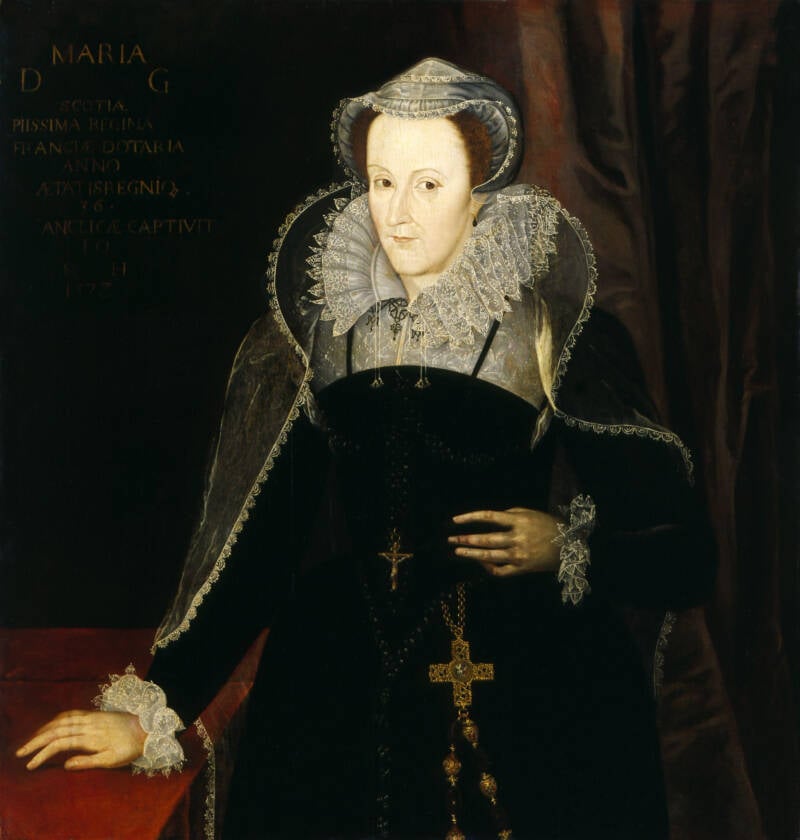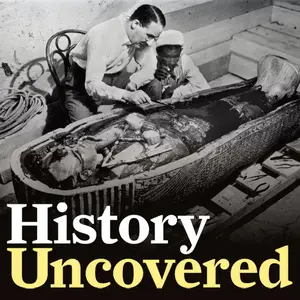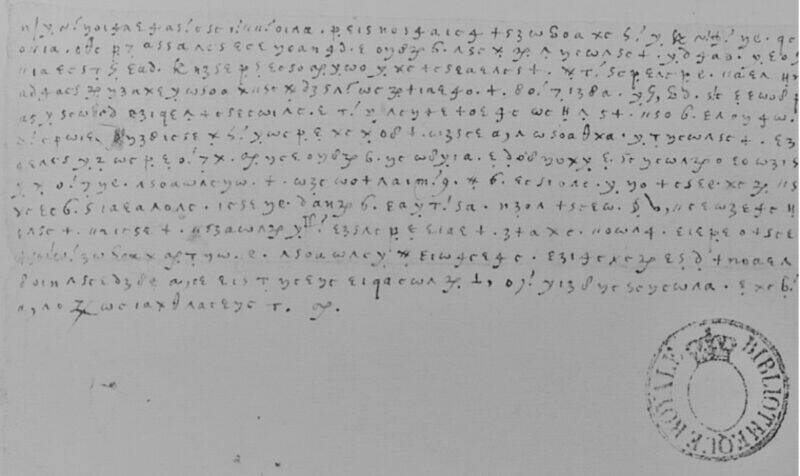Using computer analysis and historical comparison, researchers were able to decode Mary, Queen of Scots' 57 prison letters, providing a glimpse into the monarch's final days.

National Portrait Gallery Portrait of Mary, Queen of Scots in 1578.
For years, a collection of cryptic 16th-century letters sat deep in the archives of the National Library of France, collecting dust.
But after a group of international codebreakers uncovered the letters, originally mislabeled as “Italian texts,” and began to decode them as a side project, they soon realized they had history-changing information on their hands: the long-lost prison letters of Mary, Queen of Scots.

Mary Stuart was one of the most influential figures in 16th-century Europe. Just a few days after her birth in 1542, she ascended to the Scottish throne. She later married into the French royal family, too, becoming the Queen Consort of France.
After the death of her first husband, Mary returned to rule Scotland, but conflicts between Mary and the Scottish nobility forced her to abdicate the throne, though she organized several campaigns to reclaim her birthright.
After suffering a massive defeat in 1568, Mary fled to England, seeking the protection of her cousin, Queen Elizabeth I. Instead, the queen forced Mary under house arrest, where she remained for 19 years.
In 1586, Queen Elizabeth sentenced Mary to death by beheading after uncovering Mary’s alleged plot to overthrow the queen and take the English crown for herself.
Historians have analyzed Mary’s letters in-depth over the years, but many believed that the collection was incomplete. Now, a new study published in Taylor & Francis has verified that theory.
“There is evidence,” wrote the study’s authors, “that other letters from Mary Stuart are missing from those collections, such as letters referenced in other sources but not found elsewhere.” The authors say they have now uncovered and decoded more than 50 of those lost letters, revealing brand new information about Mary’s encryption methods, her life, and the years leading up to her execution.
“This is a truly exciting discovery,” codebreaker and lead study author George Lasry told EurekAlert. “We have broken secret codes from kings and queens previously, and they’re very interesting but with Mary, Queen of Scots it was remarkable as we had so many unpublished letters deciphered and because she is so famous.”

Bibliothèque Nationale de FranceCryptic letters penned by Mary, Queen of Scots while she was imprisoned by her cousin, Queen Elizabeth I.
The letters were written in code, likely to protect Mary and her allies from political blackmail or punishment. The codebreaker team — made up of Lasry, pianist and music professor Norbert Biermann, and physicist and patents expert Satoshi Tomokiyo – had to work from scratch to decypher them, given that the majority of the letters had never been analyzed before.
The first step of the decryption process was transcribing the letters and feeding them into computer software programs that would analyze the ciphers. The codebreakers were able to identify French as the original plaintext language, and broke down the 200 symbols into individual letters, names, and places.
From there, they began decoding some words manually and started to notice some details — like repeated mentions of a son and references to Sir Francis Walsingham, Queen Elizabeth’s spymaster — that helped them pinpoint Mary, Queen of Scots as the author.

British National Archives List of ciphers used by Mary, Queen of Scots. The page contains symbols for important European figures, including the pope and various political rivals.
The team decoded 57 letters in total, all written between 1578 and 1584, during which time Mary was still under house arrest.
“Together,” Lasry told EurekAlert, “the letters constitute a voluminous body of new primary material on Mary Stuart — about 50,000 words in total, shedding new light on some of her years of captivity in England.”
Most of these secret letters were written by Mary to French ambassador Michel de Castelnau Mauvissière, and contained information about her political opponents, her health during imprisonment, and the ongoing negotiations for her potential release from house arrest and return to the Scottish throne.
According to The New York Times, Mary expressed her gratitude to the French ambassador in a letter she penned on April 16, 1583:
“I cannot thank you enough for the care, vigilance and entirely good affection with which I see that you embrace everything that concerns me and I beg you to continue to do so more strongly than ever, especially for my said release.”
Scholars and historians who had studied Mary, Queen of Scots were stunned at the discovery of the letters, which had been lost for centuries, as well as at the new insights they contained.
“These new documents… show Mary to have been a shrewd and attentive analyst of international affairs,” Dr. John Guy, historian and author of Queen Of Scots: The True Life of Mary Stuart, told the BBC.
Guy added that the letters reveal that Mary was actively involved in politics throughout her captivity, and regularly spoke with important members of Elizabeth I’s court.
“It’s a stunning piece of research, and these discoveries will be a literary and historical sensation,” he said. “It is the most important new find on Mary, Queen of Scots for 100 years.”
After reading about Mary, Queen of Scots’ encrypted letters, read about the monarch’s tragic life and death. Then, read about Elizabeth Friedman, the mother of cryptology.





